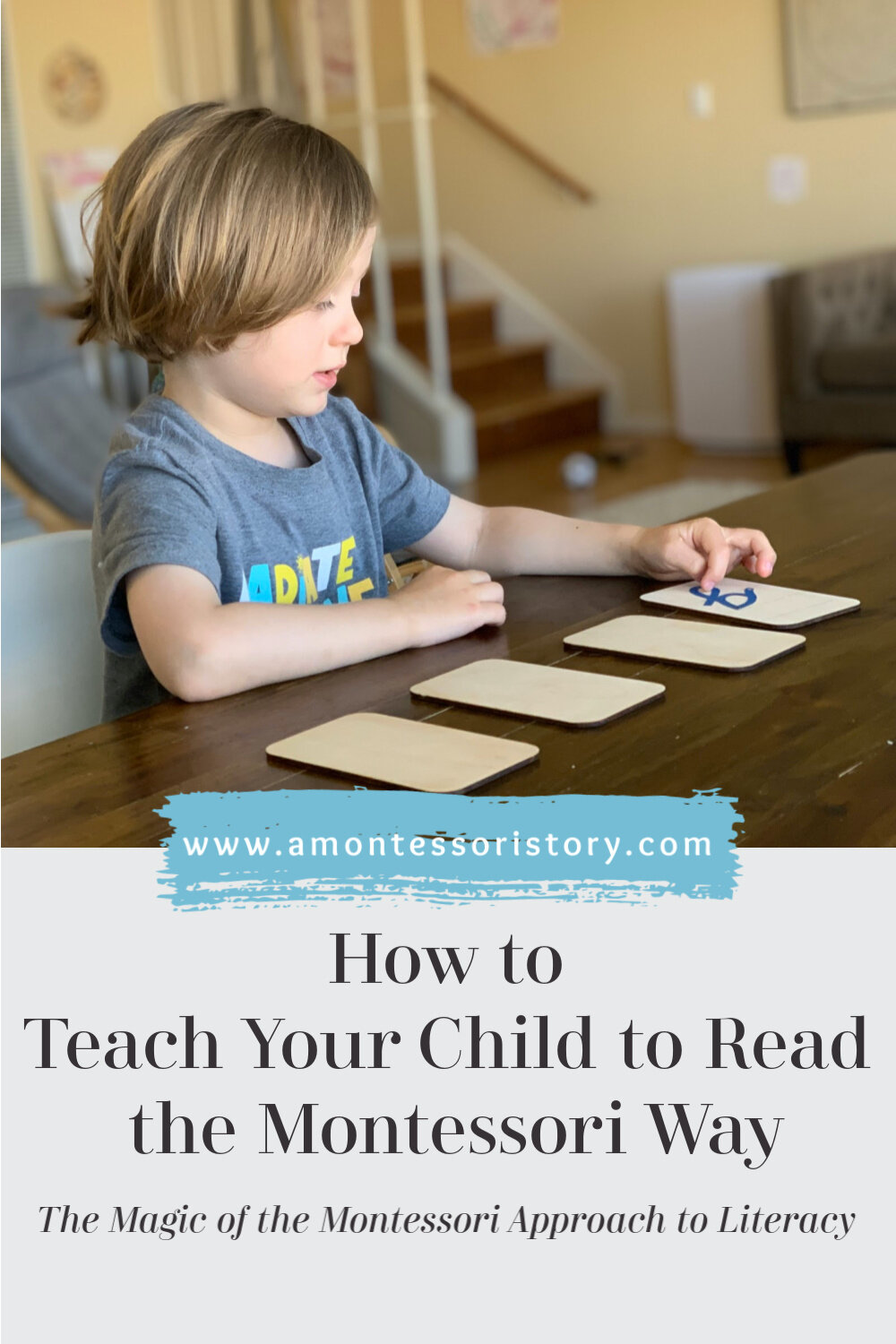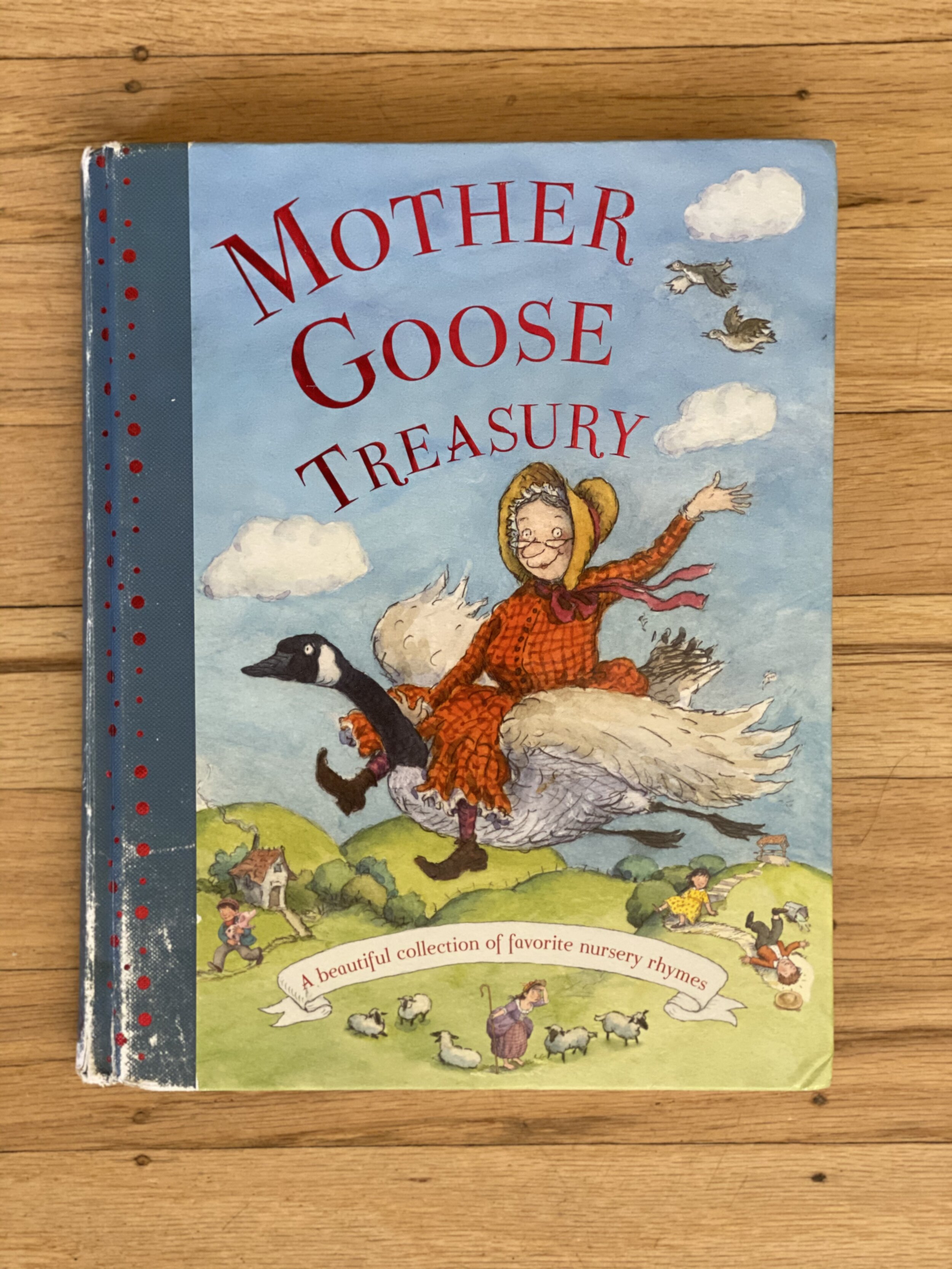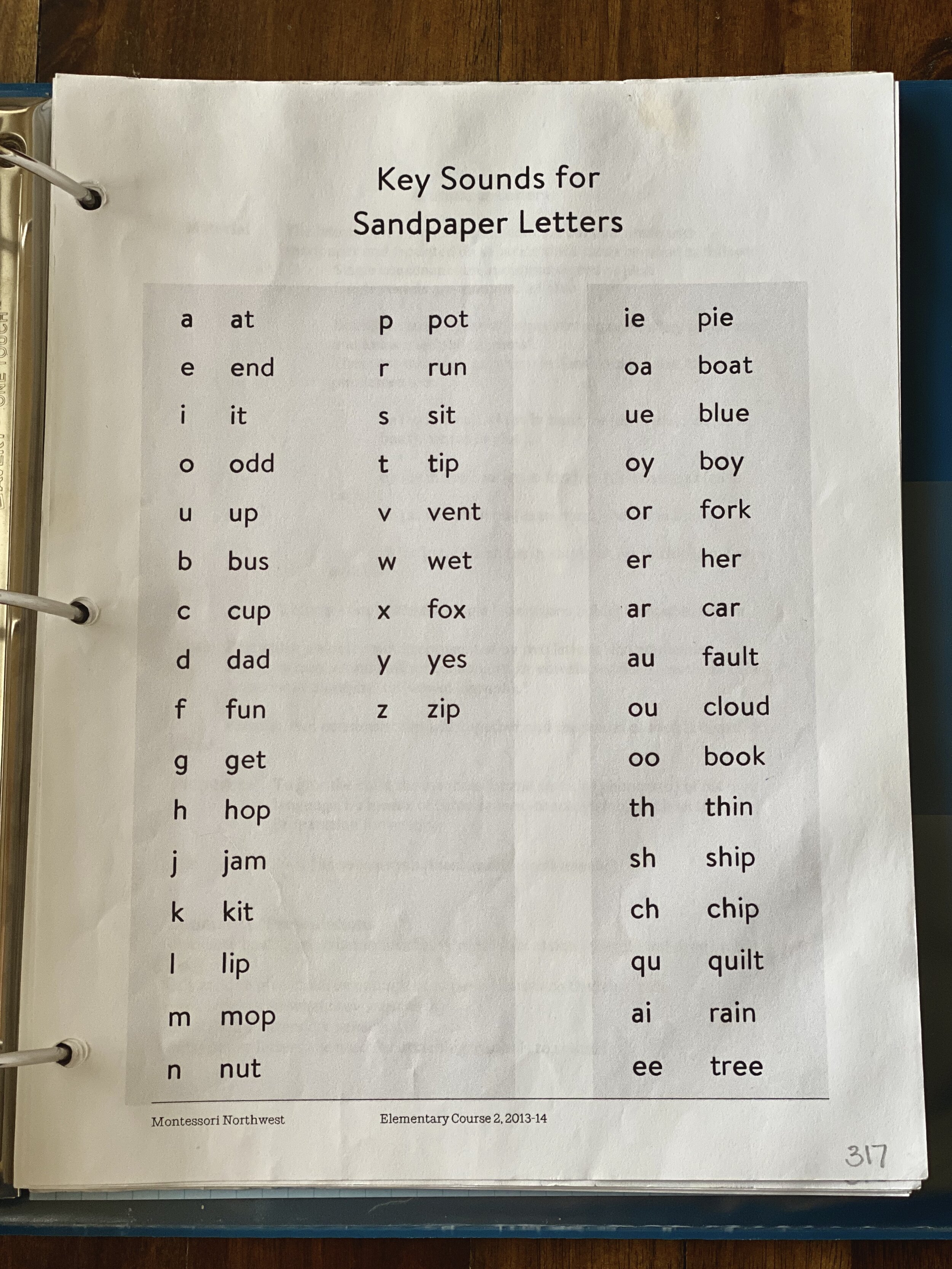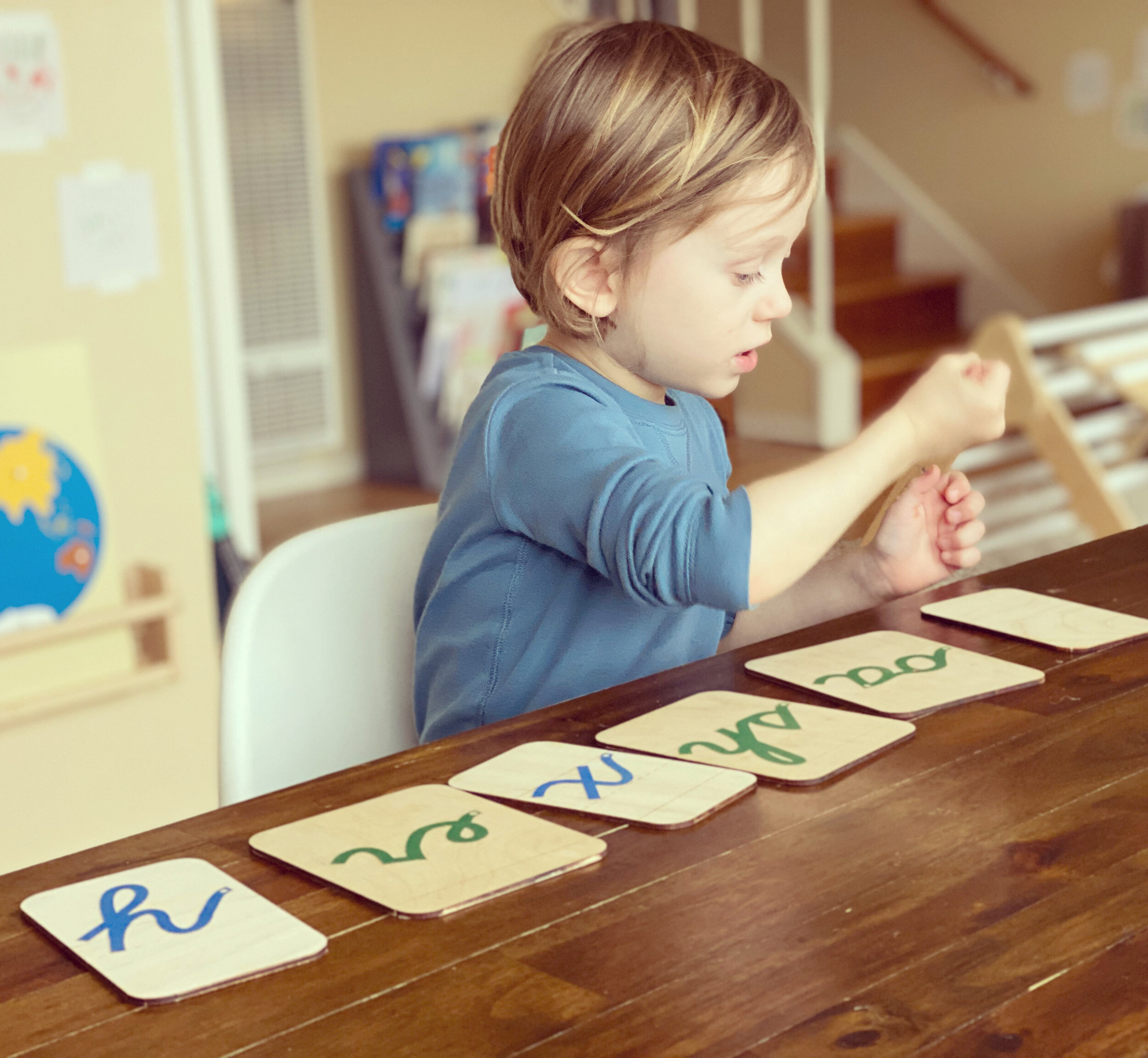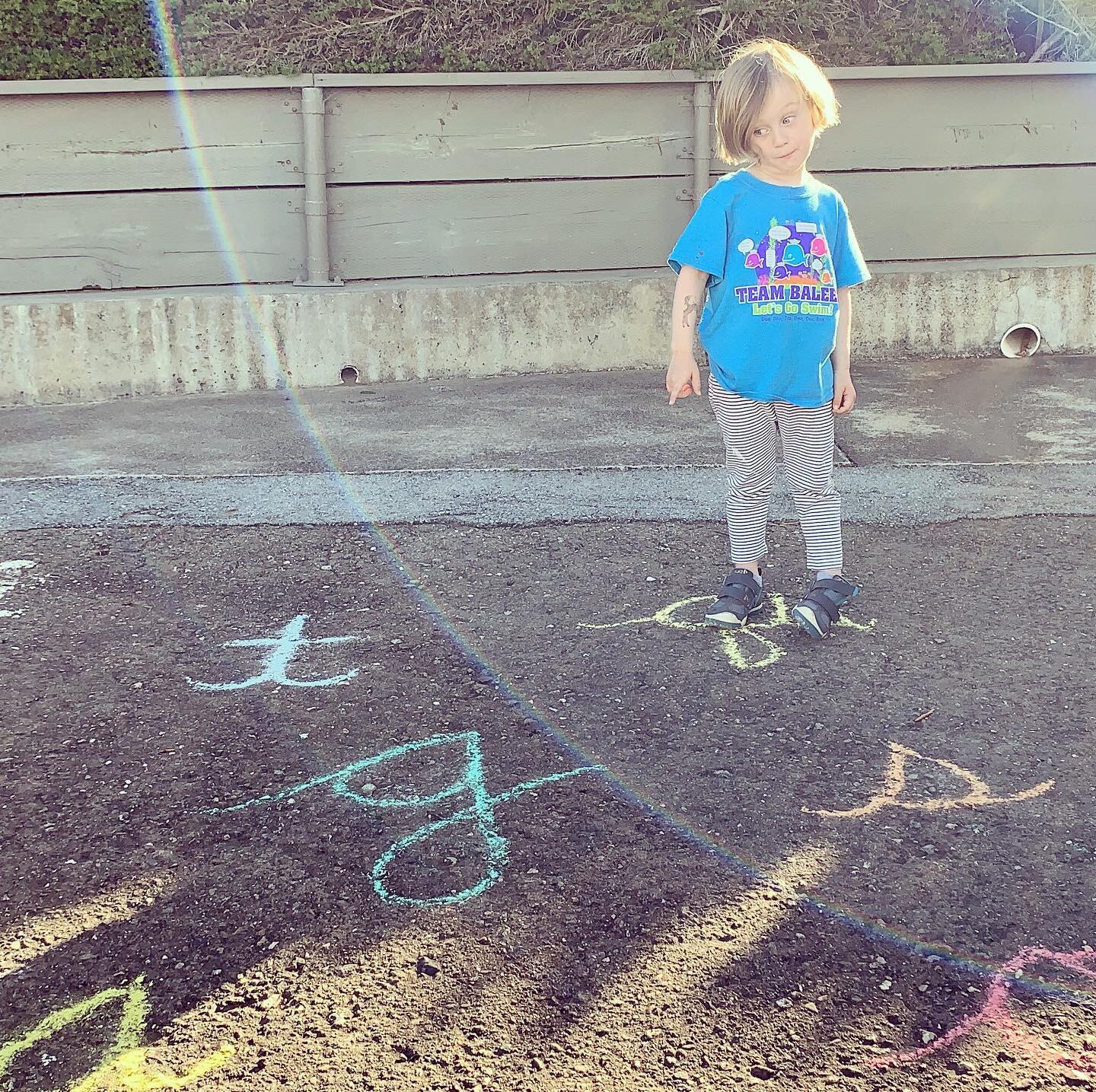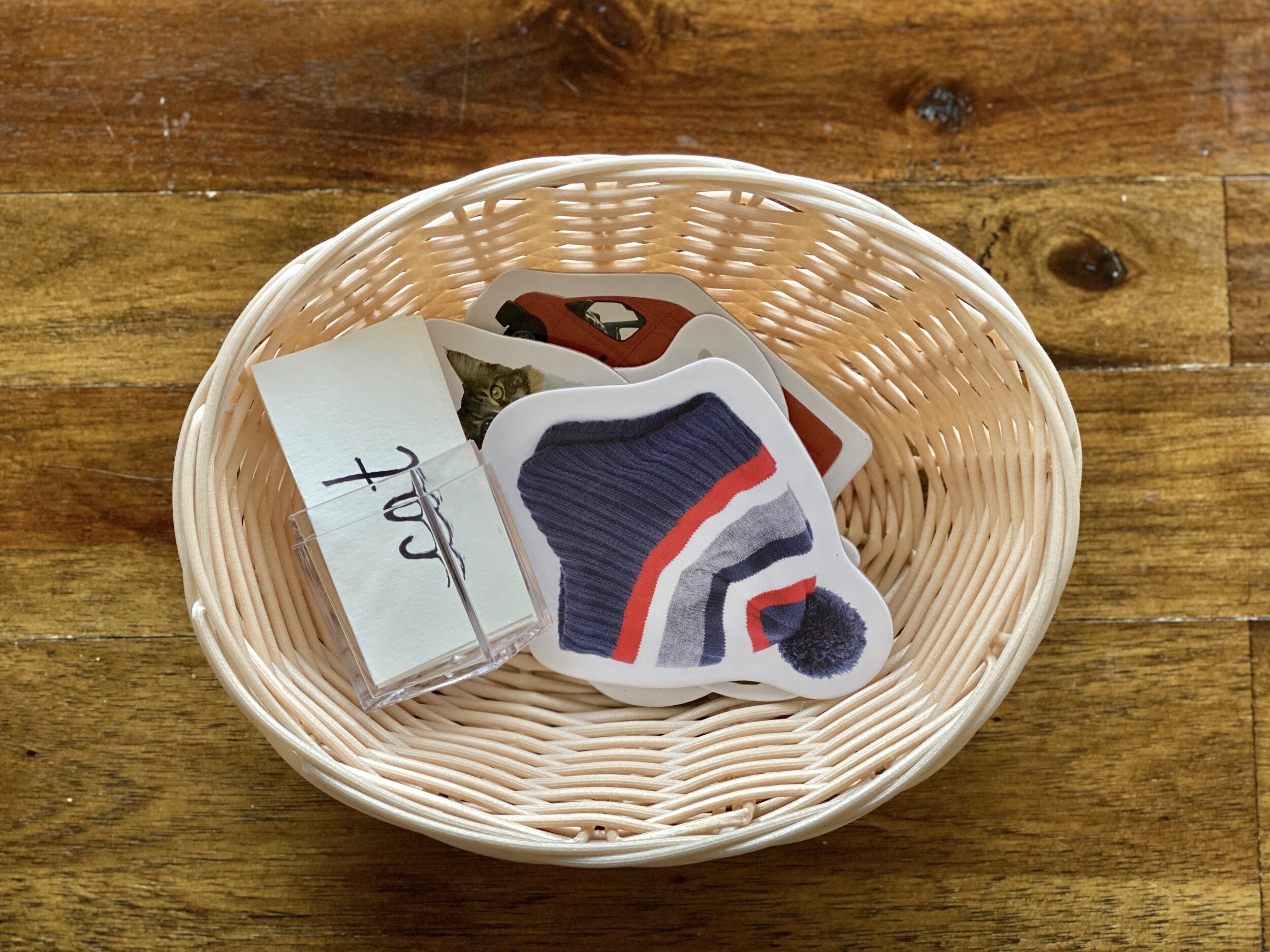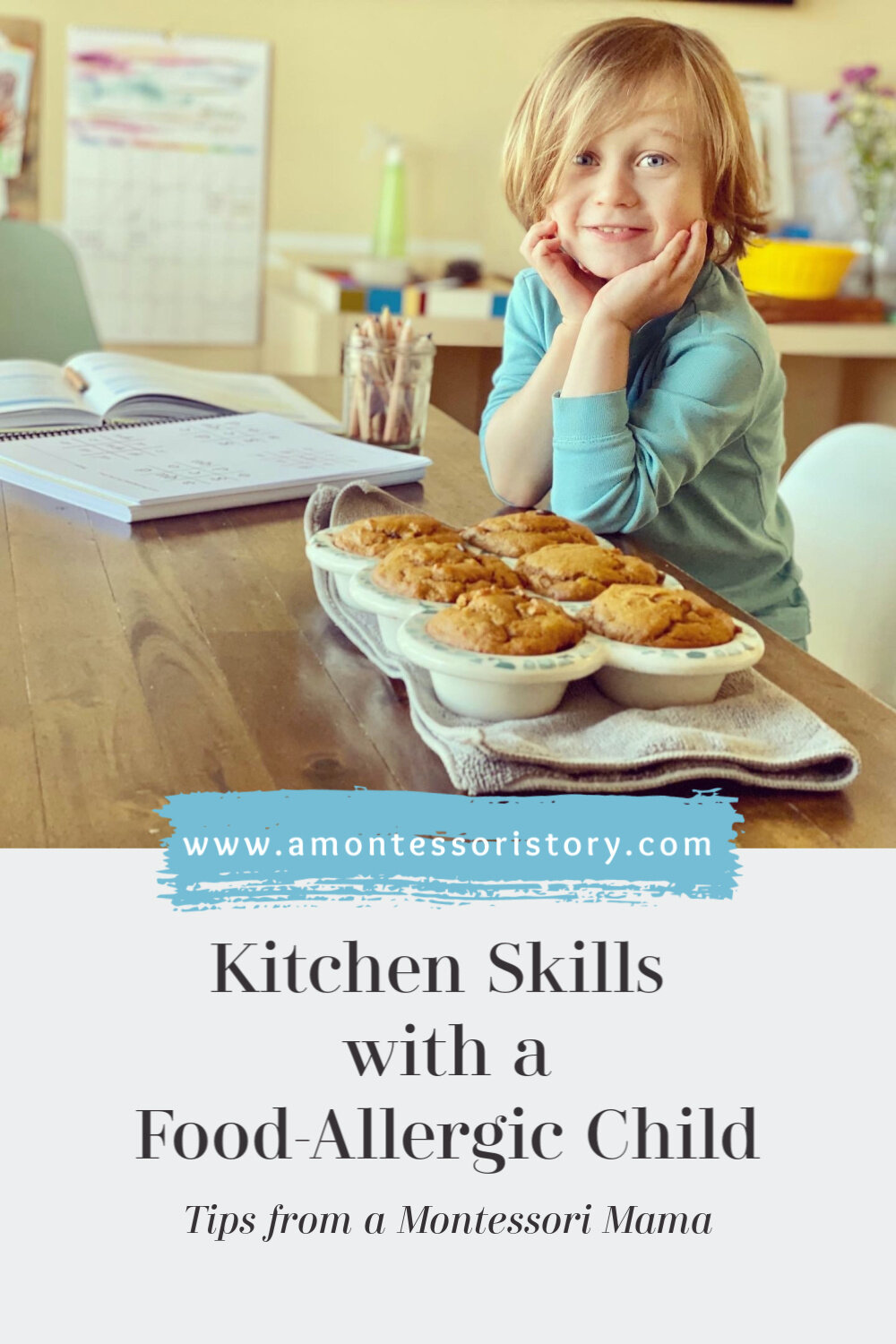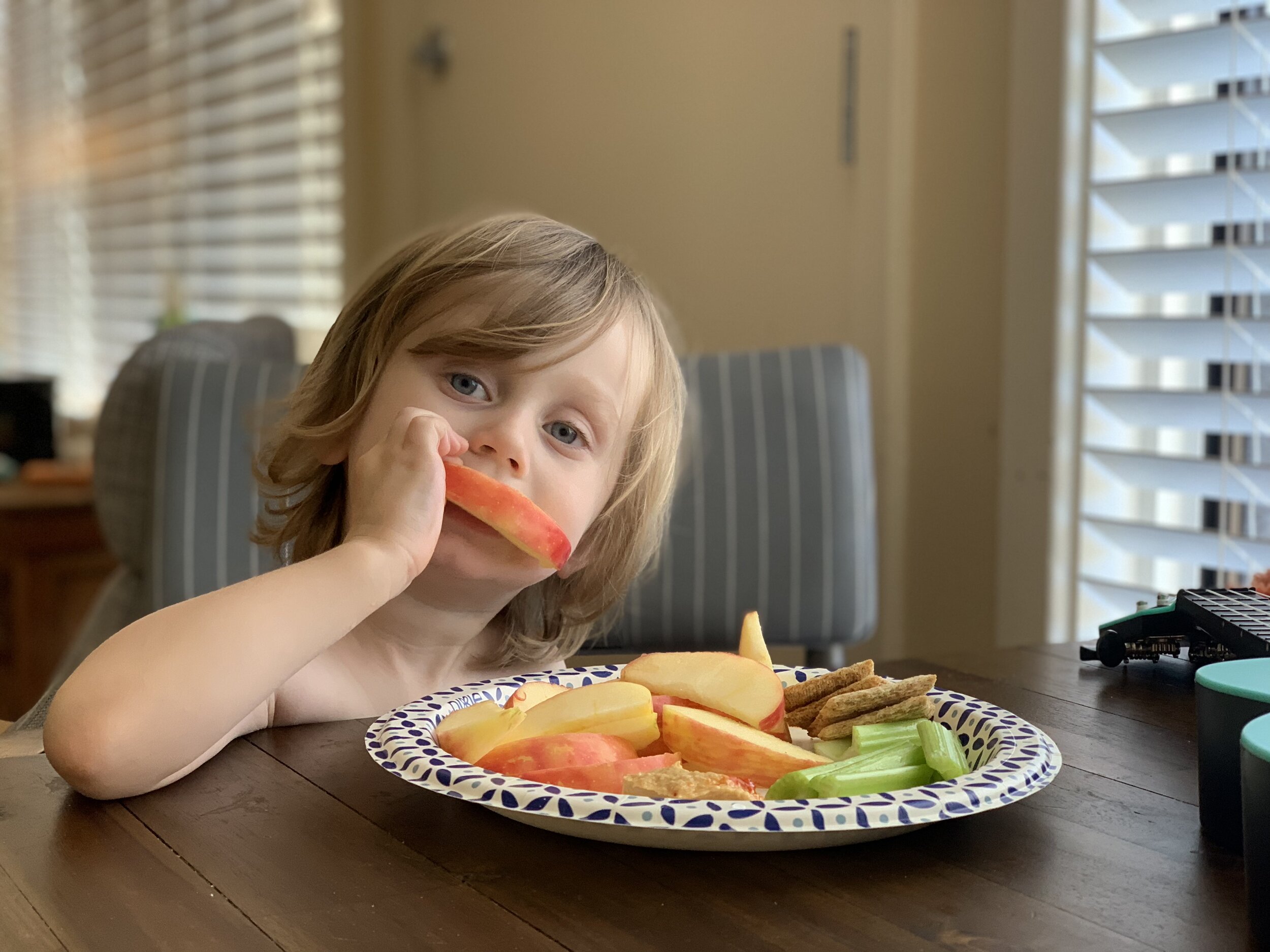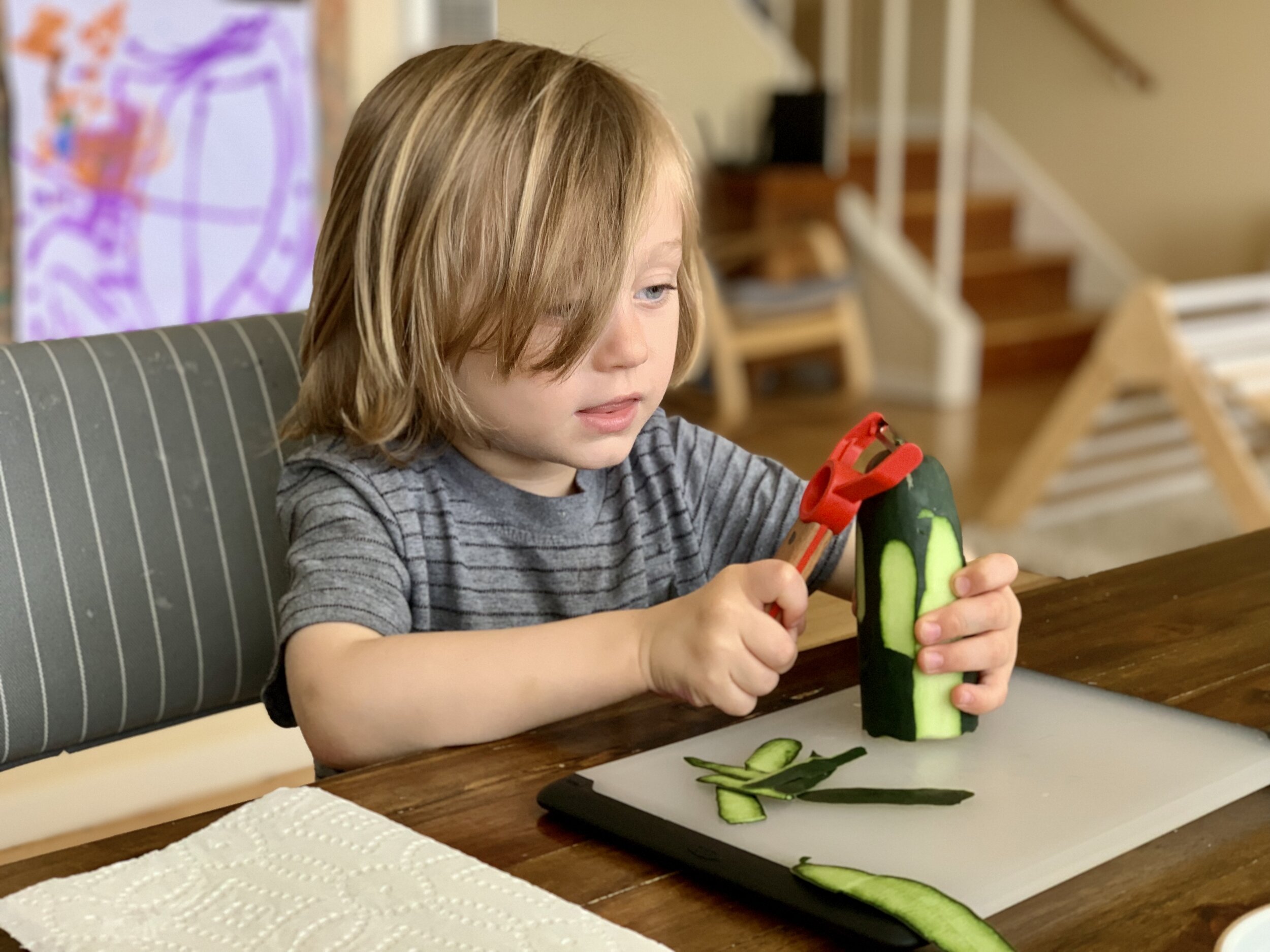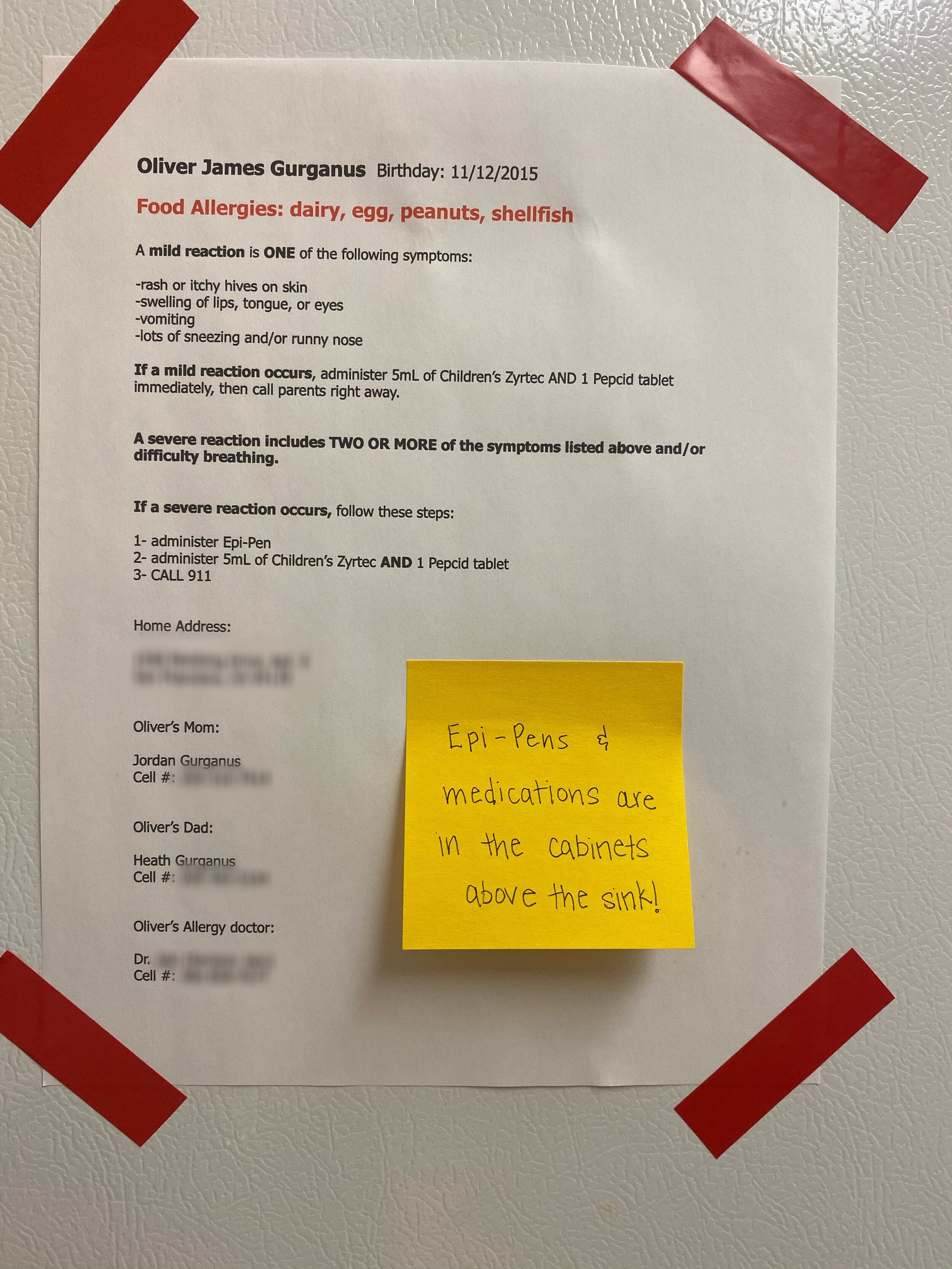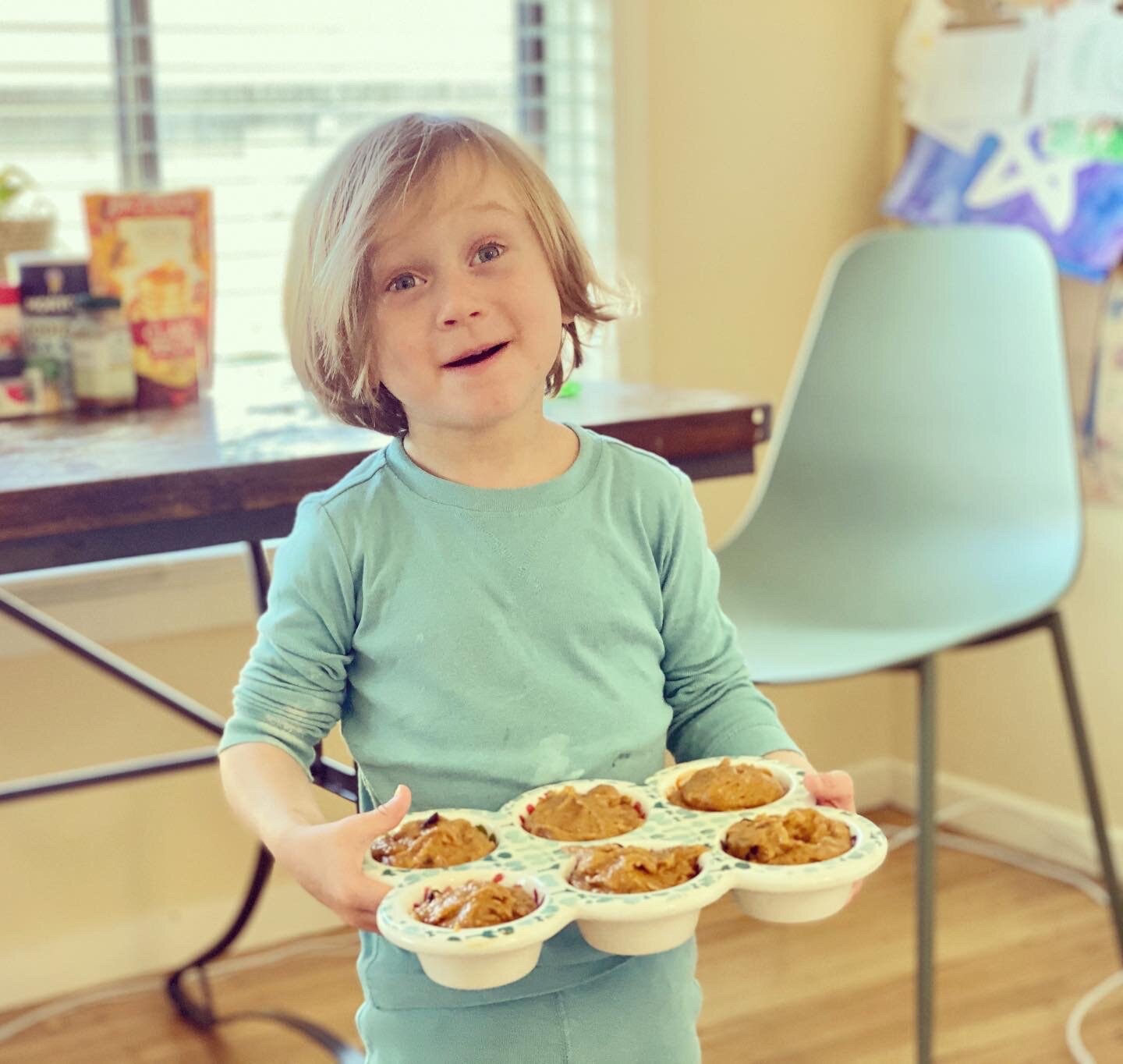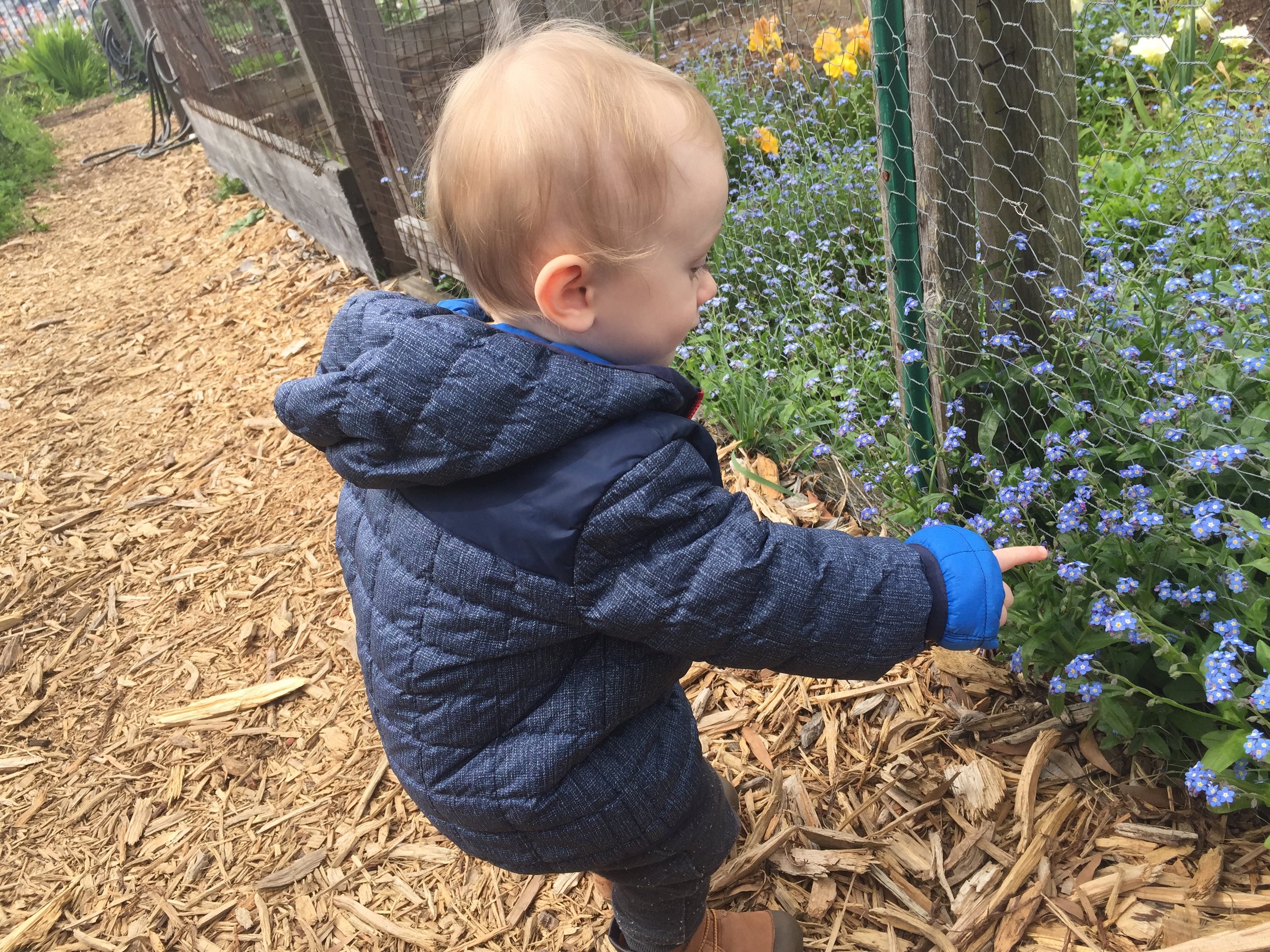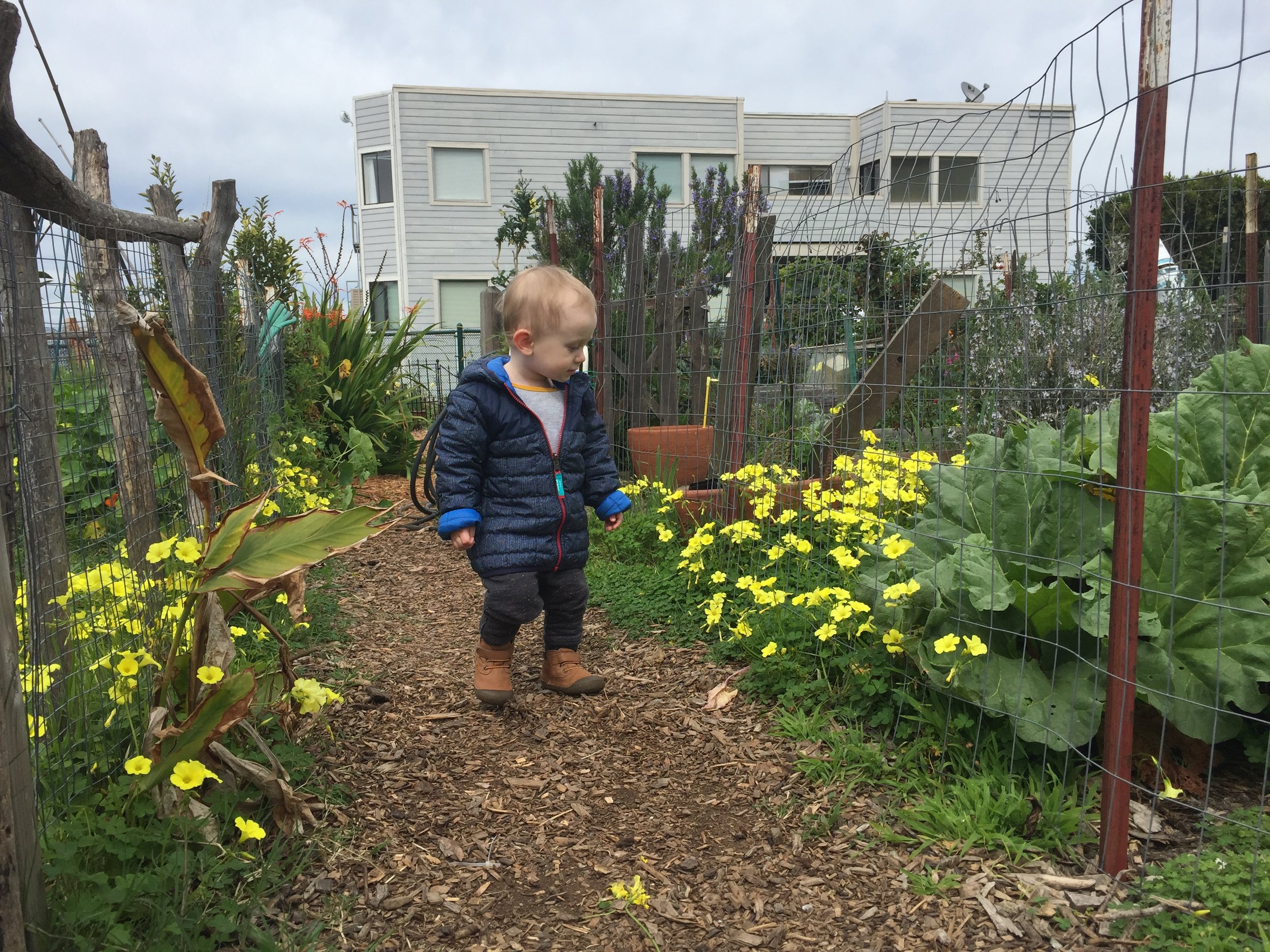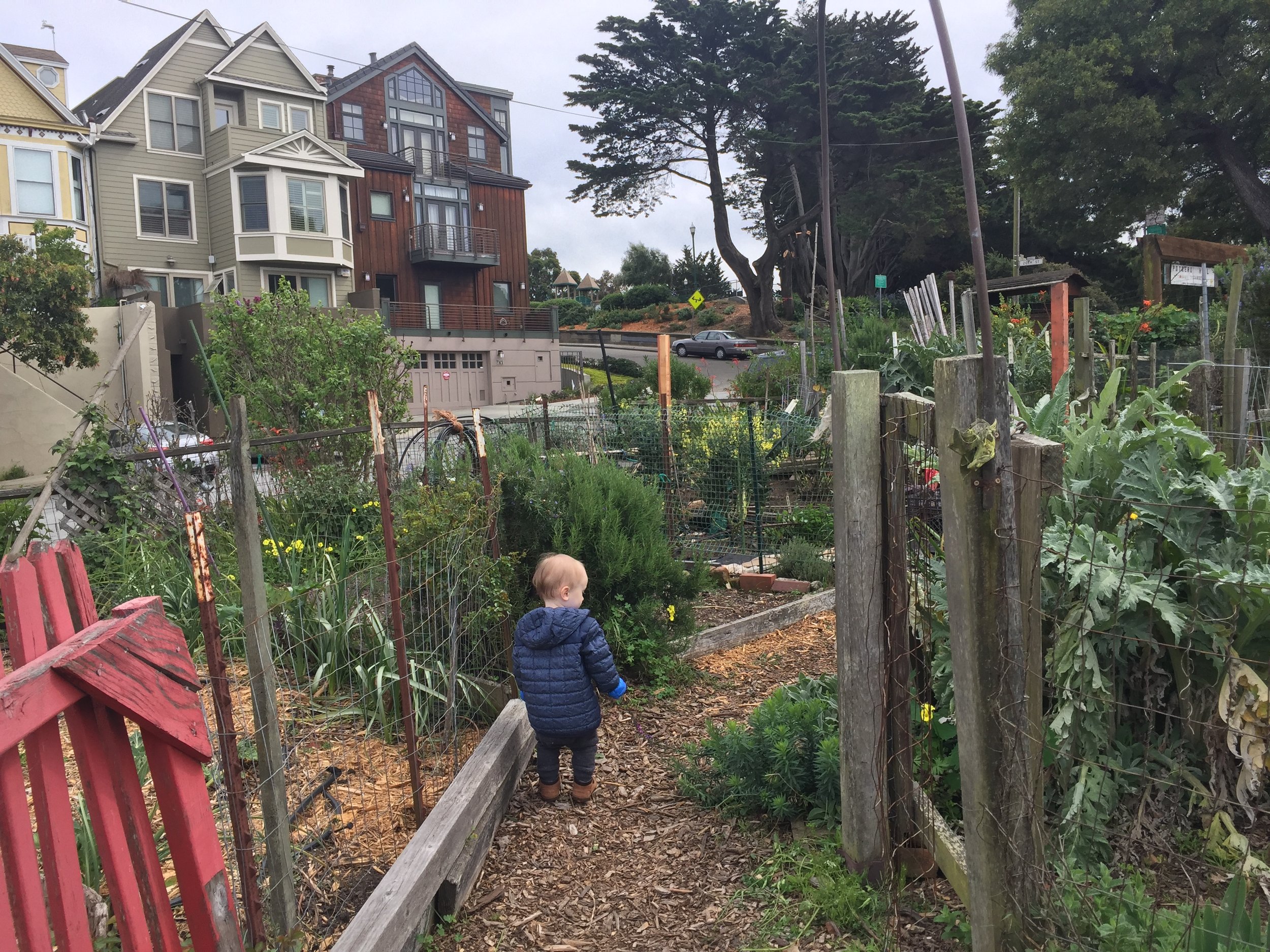How to Teach Your Child to Read the Montessori Way
*This post may contain affiliate links at no cost to you.
Teaching children to read can be a daunting task for parents, especially for those parents choosing to homeschool. There are so many methods, and how is anyone supposed to know which way is best?
Through much study on the topic, it’s clear to me that teaching phonics is imperative, and I have seen first-hand that the Montessori approach to literacy works like magic! The multi-sensory Montessori language materials used to teach phonics are a true highlight of the method. It’s fun, simple, and effective.
Now, to be transparent: I am an AMI-trained Montessori teacher for the elementary age-group (ages 6-12), and the majority of this work is typically done in the Children’s House with the 3-6 age-group. This is because Dr. Montessori observed that all children undergo a sensitive period for language development that occurs from birth through 6 years of age.
As a homeschooling mom, I’m currently guiding my 4-year-old down this path to literacy, and it’s an exciting road for both of us! I’m happy to share what knowledge I have and walk you through the basics of the Montessori approach to reading. Or if you’re more interested in Montessori activities for the wee, littlest kiddies (birth to age 2), you might enjoy my earlier post, Language Development with a 1-Year Old.
Now, let’s get started!
First, develop A Strong Phonological Awareness.
Phonological awareness is the ability to identify the sounds and patterns that make up our spoken language. It covers many aspects of spoken language including the awareness of rhyme and alliteration, the ability to count syllables, the capacity to identify the onset and rime of words, and the ability to hear each individual sound that makes up the words in our language, which is known as phonemic awareness.
A poor phonological awareness puts a child at risk for difficulties with reading, so it’s extremely important for parents to start by introducing games and activities that promote this set of skills.
Read Nursery Rhymes and and Sing silly Songs
You can begin reciting, reading, and singing nursery rhymes from day 1. Really, it’s never too early.
I bought this lovely collection of the classic Mother Goose nursery rhymes before I ever had a child. I saw it at a store and just knew that it would one day be a well-loved treasure in my home. It includes all the classics like “Jack and Jill” and “Humpty Dumpty” and “Hickory Dickory Dock” and “Hey Diddle Diddle” and many more.
When thinking back on my own journey toward literacy, I don’t have any memory of being explicitly taught to read as a child. I do, however, have childhood memories of reading and reciting nursery rhymes. Today I can recall many of these poems without a second thought, and I believe they provided me with a strong phonological foundation that made learning to read a much easier task than it otherwise might have been.
So read, recite, and sing nursery rhymes often. Make it a bedtime ritual that you continue until your child knows these poems and songs by heart.
Another classic book series to read often throughout early childhood to help attune a child to rhyming words is the ever-popular Dr. Seuss collection.
I’ve been reading these books to Oliver since birth, but around 3.5 years old is when he truly started to hear the rhymes. That’s when the infatuation with Dr. Seuss books really began for him. It was also around this time that he started spontaneously coming up with rhyming words on his own: “Hey mom! Broom and zoom!”
And, finally, sing ALL THE SONGS! Seriously, all the kid songs you can think of. Sing them with your child every day. The Hokey Pokey, The Wheels on the Bus, Twinkle Twinkle Little Star, Skip to My Lou, Mary Had a Little Lamb. The list is never-ending, and they all help children to pick up on the sounds of the English language. Sing them!
“The Name Game” (or as we call it “Banana-fana”) is a much-loved song in our home. When I first introduced it to Oliver, I just thought, “Oh, he’s going to love this silly song!” But as we sang it almost daily over the course of this past summer, it hit me that this song is ALL ABOUT phonemic manipulation. Phonemic manipulation is the ability to change, modify, or move the individual sounds in a word. “The Name Game” is a great song for practice in substituting the beginning sound in words or names.
“Ted, Ted bo Bed
Banana-fana fo Fed
Fee-fi-mo Med
Ted!”
“Sally Sally bo Bally
Banana-fana fo Fally
Fee- fi-mo Mally
Sally!”
I mean really, this is just the perfect silly song to sing with preschoolers and kindergartners.
Play the Montessori Sound Games
Sound Games are how phonemic awareness is taught in the the Montessori classroom. These games are meant to isolate the individual sounds that make up a word.
Sound Games can start around age 2 or when a small child is talking fluently, and you can continue playing them with older children. I still play them often with my 4-year-old!
The Sound Games are a version of the game “I Spy” that focuses on sounds instead of color.
To play with your child, you will lay out tiny objects on a rug. The objects can be anything––an animal, a spoon, a bell. Any objects. At our house, we use what’s available, and we don’t have a stockpile of tiny objects like you might expect to find in a Montessori classroom.
Instead, sometimes we use our Schleich animal figures and sometimes we use object photo cards. We have two sets of realistic photo cards. One set came in these Alphabet Soup Sorters from Learning Resources, and the other set––the Sound Game Cards––are from Miss Rhonda’s Readers.
When you try this game for the first time, you may start with just one object. Later try two objects. When the game becomes familiar, you might use 4-5 objects at a time.
Level 1 of the “I Spy” game focuses on the initial sound in words.
You say: I spy with my little eye something that starts with /p/.
The child picks up the object that starts with /p/––the pig.
Choose another object.
You say: “I spy with my little eye something that starts with /v/.
The child picks up the object that starts with /v/––the van.
If the child picks up the wrong object, you can say:
You found the one that starts with /p/. Can you find the one that starts with /v/?
Do this until all the objects on the rug have been found.
Level 2 of the “I Spy” game focuses on the ending sound or the final sound in a word.
This can be tricky for children at first. So instead of just asking for the ending sound, you can ask for the beginning AND ending sound.
You say: I spy with my little eye something that begins with /p/ and ends with /g/.
The child should find the pig.
Do another: I spy with my little eye something that begins with /t/ and ends with /er/.
The child should find the tiger.
Level 3 of the “I Spy” game focuses on helping a child to hear all of the sounds in a word. This is when you will say each individual sound aloud that makes up a word, and your child will blend them together to construct the word you have in mind.
You can say: I spy with my little eye a /f/ /o/ /x/.
The child should find the fox. Have the child repeat all the sounds she hears in the word.
Choose another object.
You can say: I spy with my little eye a /f/ /i/ /sh/.
The child should find the fish. Ask her to tell you all the sounds she hears in the word.
Hearing a word and having the ability to break it down into its individual sounds is called segmenting. Hearing individual sounds and having the ability to join them together to construct a whole word is called blending. These are two essential skills that all children need to develop before they will be able to read or write. In this last level of the Sound Games, your child will practice each of these skills.
Next, introduce Phonics.
Phonics is a method of literacy instruction in which each written letter or group of letters is connected to a specific sound that we use when we speak.
In order to read, your child must know her letter sounds. This is the time to introduce all 25 single-letter phonograms as well as the 16 double-letter phonograms. In Montessori education, this is done with the sandpaper letters.
Sandpaper Letters
These are one of my absolute favorite Montessori materials. Sandpaper Letters are pure Montessori magic! I’m convinced that there is no better way to introduce the written letter and its sound to a child.
This work can start around age 3 or 4, as soon as a child shows interest. He should have had much practice with the Sound Games first. Older children who are still learning their letter sounds can begin right away.
Here’s how to do it:
You’ll want to choose 3 or 4 new phonograms at a time and introduce the Sandpaper Letters to your child with a 3-period lesson. There’s no need to go in alphabetical order. Just choose a few that each look very different to make it easier for your child. It’s also helpful to include a vowel in the set.
Check out this post from North American Montessori Center to read detailed instructions on how to give a Three Period Lesson with the Sandpaper Letters. It also explains a fun extension to the work with the Sandpaper Letters, the “Knock Knock, Who’s There?” game.
After you’ve introduced many of the single-letter phonograms, you can start including the double-letter phonograms into the lessons as well.
This beautiful set of Sandpaper Letters that I use was purchased from Logic of English. I chose to purchase this set, in particular, because I like the Logic of English cursive font, and I appreciate the lines and the starting points. They are handmade by Michele at Polliwog Learning Products. You can also find her products for sale in her Etsy store, which is where I ordered the double-letter Sandpaper Letters. These Sandpaper Letters are beautiful and high-quality. I absolutely recommend her products!
Review through Games and Movement! Make phonics fun!
It’s important to engage the whole body through movement and play as a method of review in phonics instruction. Not only do fun and memorable games help a child to recall the information he has recently learned, but these experiences also help him to store that information in his long-term memory.
I’ve gotten so many great game ideas from the Logic of English curriculum (Foundations A). This curriculum is extremely aligned with the Montessori approach to literacy. I don’t use it in its entirety, but I use the games and activities as a supplement to our work. We LOVE them!
One example of a game we’ve enjoyed playing is Phonogram Hop. For this game, I write the phonograms outside on the sidewalk with chalk. I call out a sound, and he jumps to the correct phonogram.
Another game we have enjoyed is the Phonogram Scavenger Hunt. I hide our Sandpaper Letters around the living room. He looks for them and says the sound when he finds one. Then he lays the Sandpaper Letter on top of the card printed with the same letter. This helps him know which phonograms still need to be found and also helps him to match cursive letters to a bookface font.
This game is Phonogram Bingo. I call out a sound, and he places a flat marble on the correct letter. When he fills the board he shouts, “BINGO!”
Whether you check out Logic of English or find other multi-sensory games to use as a review of the letter sounds, I can tell you that it’s worth it! As Dr. Seuss would say:
If you never did you should. These things are fun and fun is good!
Now start writing! Writing comes before Reading.
In Montessori education, the children begin encoding before they start decoding.
Encoding is writing. You build the code yourself. Decoding is reading. You decipher a code that someone else has built.
In other words, the Montessori path to literacy allows the child to build words on her own before she begins reading the words of others.
Why does this matter?
For a child who is still learning phonics, it’s much easier to start with a word already in mind, sound it out, and write it (or rather, build it) than it is to see a word, sound out each letter, blend the sounds back into a whole word, and then recognize its meaning.
Having the ability to record her thoughts is incredibly powerful and motivating for a child who is on the path to literacy.
Of course, young children at this stage are often not yet ready to write words with a pencil. Their hands are not fully developed. To remove this obstacle, we introduce them to the Moveable Alphabet.
Moveable Alphabet
This work often starts around 4 years old in a Montessori classroom. Children should have a SOLID foundation in phonological awareness and phonemic awareness. Remember those Sound Games?! Additionally, success with the moveable alphabet will be greater if your child knows most or all of the single-letter Sandpaper Letters as well as several of the double-letters.
Before you give a presentation, take some time to introduce your child to the box and help him become familiar with where each letter sits. Take some cards out and let him find where they belong.
When you do present this work, you might simply start by making a list of words. You can suggest to your child that you both make a list of colors or a list of animals or a list of foods. In the beginning, you’ll want to help your child segment the words he has in mind. He can search the box for the letters that correspond to each sound, and you can show him how to lay them out in the correct order.
Many words will be misspelled because the child will be spelling phonetically at this point. Notice in the photo below that ‘laugh’ is spelled /l/ /a/ /f/. In time, the child will learn advanced phonograms and spelling rules that will help correct his spelling. For now, this work is all about building his confidence in writing and sounding out words.
After a child has success writing lists, try adding adjectives or adverbs. Eventually, he can begin writing out sentences, short stories, and poems with the moveable alphabet. Encourage his creativity with this work!
it’s time to read!
As soon as you notice your child spontaneously reading, it’s time to introduce the phonetic object box.
Phonetic Object Box
For this work, you can put together a small decorative box that holds phonetic objects and labels with the words written on them. Your child will read a label and match it to its corresponding object.
For a more in depth look at this game, check out this post from Montessorium.
My homemade version of the Phonetic Object Box uses our phonetic object picture cards and is held in a simple basket. Not quite so lovely or enticing as the tiny objects in a decorative box, but it’s what we have on hand. I’ve chosen to start with CVC words only, but if your child is comfortable with digraphs and blends you can certainly add in some of those. You can also change out the box to add new levels of difficulty once your child masters the first set.
If you’d like to purchase a ready-made phonetic object box, I recommend this set from Montessori Services.
Puzzle words
Now it’s time to introduce puzzle words. Many people might refer to these as ‘sight words.’ They are the commonly used words that are not spelled phonetically.
Examples include words such as: I, you, he, she, we, be, one, two, was, the, to, are, could, would, said, our, who, my, what, know, no, go, our, again…
Puzzle words can be written on a sturdy set of cards and introduced to your child a few at a time through a Three Period Lesson.
Feel free to add words that you think your child might need to know at this point. The main goal of introducing puzzle words now is to prepare your child to read small books and short stories that will likely include these short words that are difficult to sound out.
And if you don’t want to make your own cards, you might try this set from Miss Rhonda's Readers or this set from Nienhuis.
I personally prefer to keep “sight words” to a bare minimum because later in a child’s learning, you can introduce the advanced phonograms and spelling rules that will help your child understand the logic behind most of these words. For more about teaching sight words, check out my recommendations for parents and teachers at the end of this post.
Early Readers
Congratulations! Your child is now ready to read early readers! Start simple. Look for ones with mostly CVC words. This will build her confidence. Progress in difficulty as she is ready.
Here are some of my favorite sets of early readers:
Bob Books - Set 1: Beginning Readers
FlyLeaf Publishing Emergent Reader Series
Book Recommendations For Parents and Teachers
Here are some resources that I HIGHLY RECOMMEND to help guide your work as you teach your child to read.
A Key to Writing and Reading for English by Muriel Dwyer
This book is ESSENTIAL for anyone considering teaching their child to read the Montessori way. It’s small––more like a pamphlet––but it outlines the entire Montessori approach to literacy in detail. This guidebook will not only answer any questions you might have, but it will walk you even past the early readers.
Uncovering the Logic of English by Denise Eide
This book is essentially a reference book that lists and explains all of the phonograms and spelling rules that govern the English language. It is a quick and informative must-read for anybody and everybody who teaches phonics.
Sounding Out Sight Words: A Guide for Teaching the Dolch Words Through Phonics
This is a great tool for teaching a child high-frequency sight words from the Dolch List in a logical way rather than through rote memorization. But definitely save this work for the elementary years (ages 6-12), when children are naturally interested in understanding logic and reasoning.
Best wishes to you and your child as you embark on this journey! Enjoy the process. Teaching your child to read the Montessori way is definitely a lot of work, but you can take it slow and steady. Keep this work light-hearted and engaging for your little one, and remember that you and your child should be having fun along the way!
